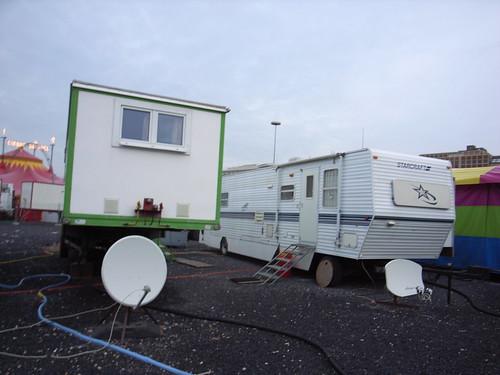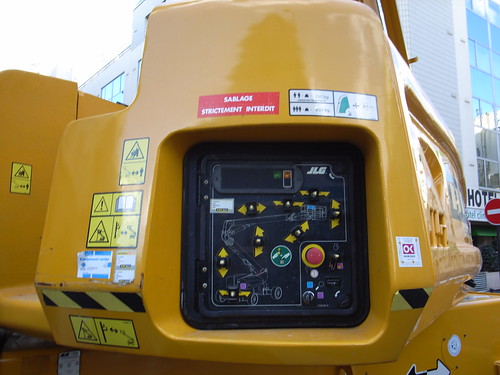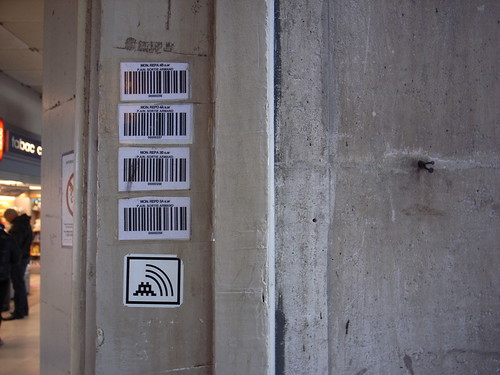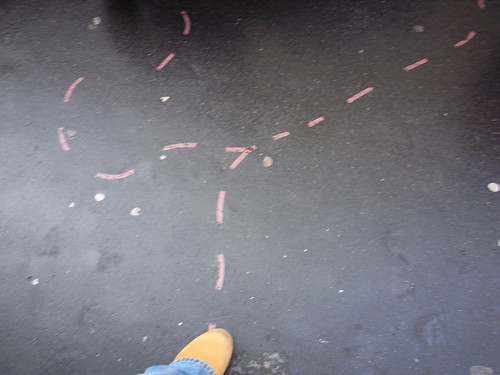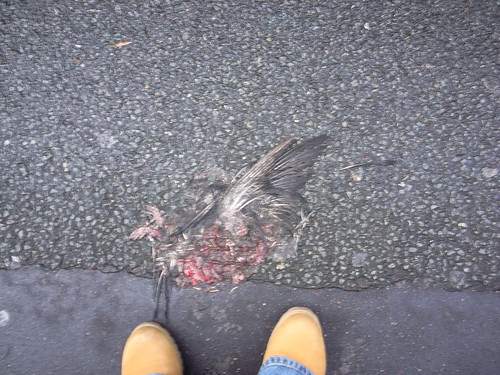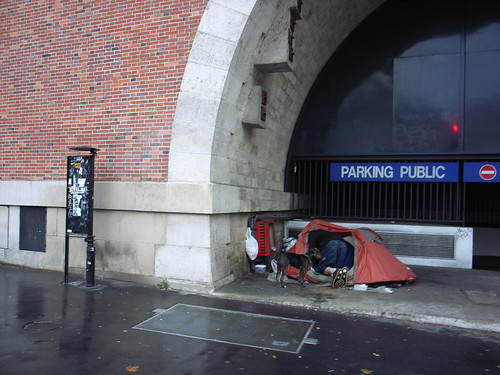 Some interesting internet icons and idioms ("hot hot spot") from Guadeloupe, France. The first one above has been taken on Marie-Galante, a small island south of Guadeloupe. The internet café seems rather old and abandoned.
Some interesting internet icons and idioms ("hot hot spot") from Guadeloupe, France. The first one above has been taken on Marie-Galante, a small island south of Guadeloupe. The internet café seems rather old and abandoned.
The "@" is highly common if you already followed past episodes. The "W.W.W." is here followed by dots and doesn't seem to refer to any specific url: it's rather employed as a brand. The fact that the "@" is really bigger may indicate that this sign is a more important metaphor of the information super-highways. And why using both the "@" and "www"? Does that mean that @ is something different, perhaps referring to email?

The "hot hot spot" below is highly intriguing, perhaps referring to the fact that locals have "le sang chaud" (literally "hot blood"), meaning that they can get emotional easily. Maybe it shows how emotions/sens of relationships can be conveyed through the wires. Or how email/web communication could serve "hot" purposes.

Fax seems to be still important as attested by the big signage one can see on picture 2 and 3. Sending faxs is as important as dealing with "Photo" and perhaps a bit less than the Web (if I follow the hierarchy of picture 2). On picture 3, you can as well note the arrows on the fax tag which indicates how the device can send and receive information: this part is tremendously interesting since it shows the underlying features of this tool.
Also, the "Gwadaweb" subtitle under the "cyber-espace" ("cyberspace") logo is interesting too. "Gwada" is short for "guadeloupe" in creole, meaning that there seems to be some part of the cyberspace that are explicity from this culture:

Why do I blog this? fascination towards the representation of "the digital" (i.e. access to the internet, virtual worlds, etc.) and how they are made manifest in the physical environment. Cultures which favor paintings on shops always have curious ways to depict this matter and I try to document it when travelling. There is a lot to draw from this, especially in terms of people's representation of telecommunication devices.
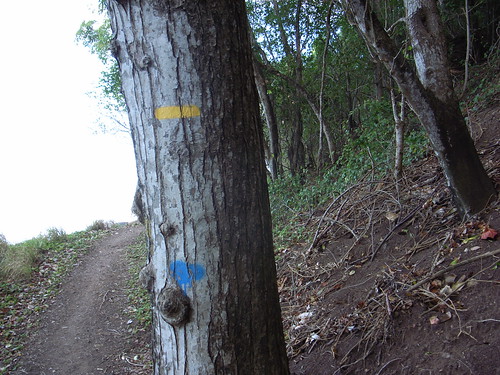




 Not exactly the type of self-constructed architecture described by Bruce Sterling in
Not exactly the type of self-constructed architecture described by Bruce Sterling in 


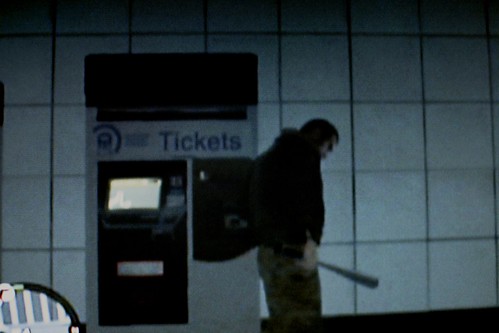
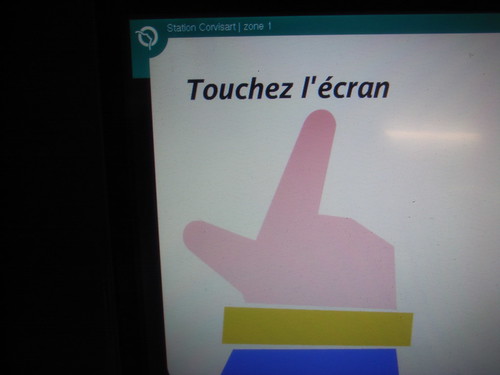
 Certainly one of the most intriguing urban project I've encountered lately:
Certainly one of the most intriguing urban project I've encountered lately: 
